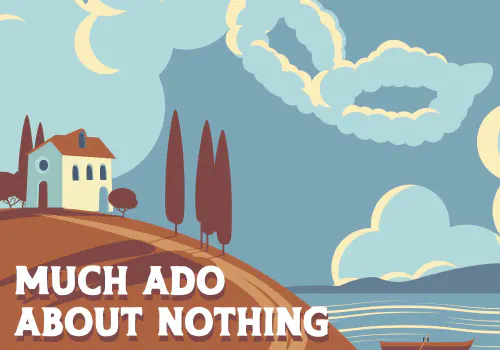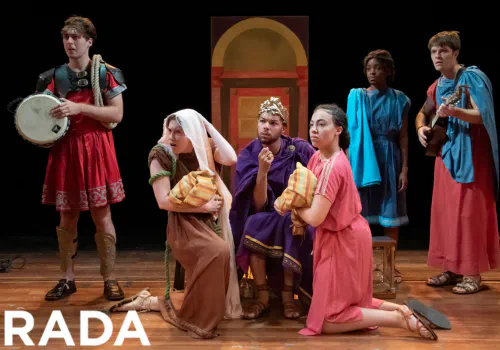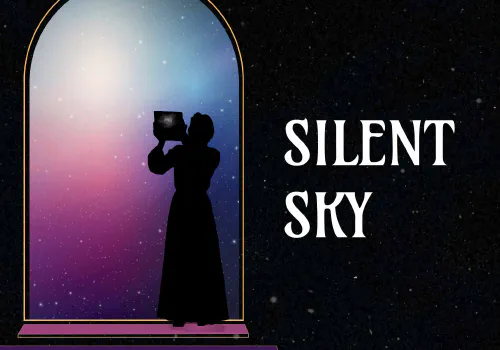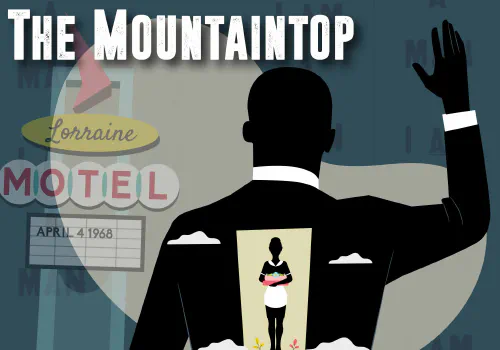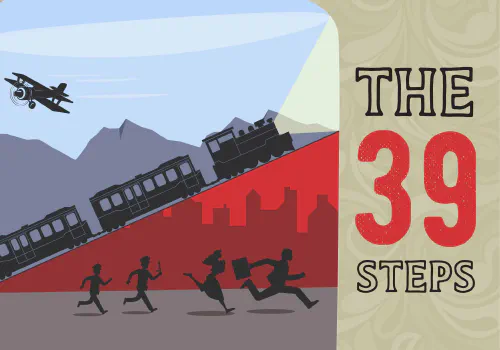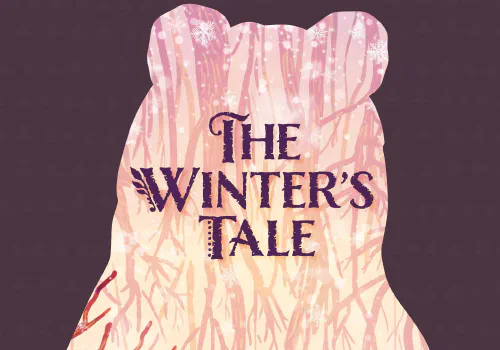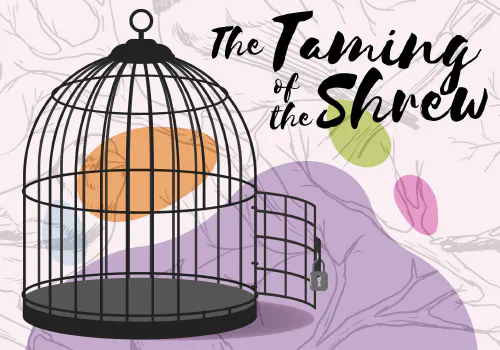Using the 2009 Utah Shakespearean Festival education calendar to help teach As You Like It
This lesson can be completed as an introduction to the play or when the class has read the soliloquy of “The seven ages of man.”
Title:
The Stages of Life
Time needed:
Two ninety-minute class periods or two or three forty-minute class periods
Age level:
Middle and high school students
Objective:
Students will demonstrate an understanding of Shakespeare’s text by interpreting meaning through discussion, movement, and writing. Also, students will be able to understand that Shakespeare’s words and ideas are still relevant and applicable today.
Materials:
• Copies of the soliloquy “The seven ages of man,” with each of the seven ages on a different sheet of paper (As You Like It, 2.7.139–166)
• The 2009 education calendar from the Utah Shakespearean Festival, available by calling the Festival education office at 435-865-8333 (optional)
Anticipatory set/hook:
Have the students write about a memorable moment (such as moving, transitioning into high school, going on a first date, etc.) in their life. How old were they? What were their actions and reactions to this moment? How and why did this moment affect/change your life? The teacher could provide an example to model what the students are to do.
Process:
-
Now, invite a few students to share what they wrote. Ask the class to respond to the following question: If you were to live for seventy years, what kinds of stages (moments of transition, moments of change) would you encounter in your lifetime? How many stages could you have? During the discussion, have a scribe write down the responses on the board.
-
Now display or hand out copies of the soliloquy divided into seven parts, and divide the class into seven groups (between three and five students per group). Explain that Shakespeare discussed seven stages that men and women encounter in their lifetimes. Not yet knowing how Shakespeare divided up the seven ages of man, have each group only read the passage that they were given and decide upon its meaning/ stage in life. Out of the seven stages described by Shakespeare, what number is their stage? How do they justify their decision?
-
Have each group explain to the rest of the class what stage of man their passage describes. Someone can make a tally on the board to show the stage that is chosen by each group. Next, bring out the calendar and go through the various stages and the images that reflect the stages of man outlined in the soliloquy. Did groups guess the right stage? What was their thinking behind their guess?
-
It is now time to show some creativity and interpretation of the text. Have each group create a “sculpture” or frozen scene from the members of their group to represent the stage of man that is being discussed in their passage. It should not be the exact same image that is shown on the calendar. If they need assistance with definitions of the words used in the text, have a computer or dictionary available for research. Everyone will present their sculpture/scene for the class, and those in the audience will decide what stage of man is being represented. What words did they have to look up? What did they discover?
-
Now bring the concept of the seven ages of man into modern times by asking a couple of questions—What are the seven “ages” of a high school student? What seven “roles” do they play? What are seven “players” in high school?
-
Depending on time, have them write their own soliloquy/speech/poem that answers one of the three questions above. If there isn’t enough time in class, they can finish it as homework. If you want to devote another class period to this, have the students perform their writing for the class.
Tools for Assessment:
The teacher will assess the students’ understanding of the outlined objective by evaluating how groups interpret meaning of the text through discussion, performance of their sculpture/scene, and through their writing assignment of a soliloquy/speech/poem.


